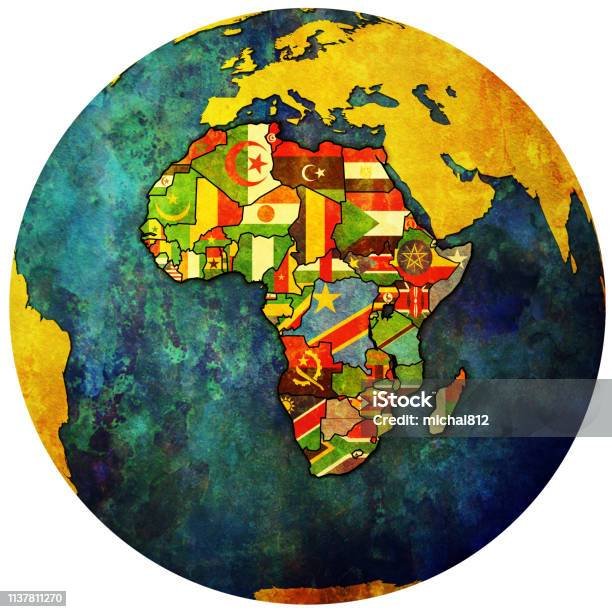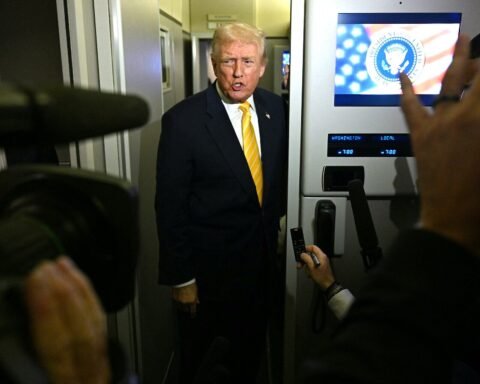More than half a century ago, the seeds of regional unity were planted by three iconic leaders—Julius Nyerere, Jomo Kenyatta, and Milton Obote each guided by a powerful vision:
to unite East Africans through shared history, culture, and economic opportunity.
In 1967, these founding fathers helped establish the East African Community (EAC), a regional intergovernmental organization that aimed to bring the people of Tanzania, Kenya, and Uganda closer through regional integration. Their vision was not just political; it was profoundly human. They wanted ordinary East Africans to trade freely, move easily across borders, and celebrate their cultural similarities.
Although the first iteration of the EAC collapsed in 1977 due to political tensions and economic differences, the desire for integration remained alive. In 2000, the community was officially revived, marking a new chapter in East African cooperation. Since then, the EAC has expanded to include Rwanda, Burundi, South Sudan, the Democratic Republic of the Congo, and most recently, Somalia.
Today, the EAC represents a vibrant bloc of more than 300 million people, working together to promote economic growth, social development, and regional peace.
Key achievements include the launch of the East African Customs Union in 2005, which eliminated tariffs on goods traded within member states, and the Common Market Protocol of 2010, which allows the free movement of people, labor, services, and capital.
Plans for deeper integration remain underway. The ambitious proposal for an East African Federation, a potential political union, has long been discussed. If realized, it would represent one of the largest unified political entities in Africa.
For many East Africans today—particularly traders, entrepreneurs, and students—this unity is not a distant concept but a tangible benefit. Cross-border markets, regional infrastructure projects, and harmonized education standards have created new opportunities for millions.
Also Read; Congo and U.S. Close to Critical Minerals Pact
Cultural ties are also deepening. Swahili, which is widely spoken in the region and recognized as an official working language of the EAC, serves as both a practical tool and a symbol of shared identity.
As the region navigates complex political and economic challenges, the guiding principles set by its founders remain relevant. Nyerere often emphasized unity over division, famously declaring that “unity will not make us rich, but it can make it difficult for Africa and East Africa to be exploited.” That philosophy still echoes in today’s integration efforts.
With its growing membership and a population brimming with youthful energy, the EAC stands at a crucial juncture. As it works toward establishing a monetary union and possibly a confederation, the dream of a united East Africa continues to gain momentum—built not just on treaties and protocols, but on the belief that shared values, interests, and destinies truly matter.
In the spirit of its founding fathers, East Africa marches forward—not only as a geographic region, but as a growing family of nations bound by common purpose.







